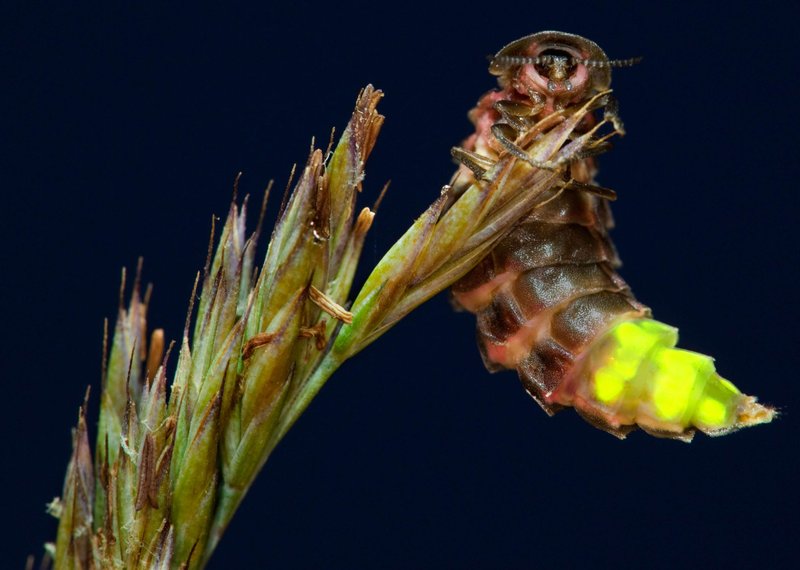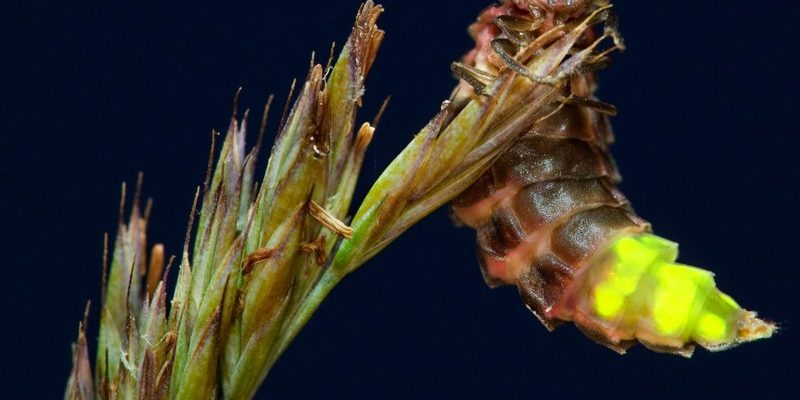
Glow worms, often mistaken for fireflies, are actually larvae of different insects—like beetles and flies—that emit a cool glow to attract prey. Meanwhile, several nocturnal insects play vital roles in this biosphere. Some are drawn to the glow itself, while others may use it as a hunting strategy. Understanding these interactions helps us appreciate the intricate web of life at night. So, grab a cup of coffee, and let’s dive deeper into this enchanting world of nocturnal insects and their glow worm connections.
Understanding Glow Worms
Glow worms, primarily found in caves and damp areas, are actually the larval forms of insects like *Lampyridae* (fireflies) and *Beetles*. The luminescence is due to a chemical reaction that occurs in their bodies, specifically in light-emitting organ cells. This glow serves multiple purposes: it attracts mates, draws in prey, and can even deter predators. You might be wondering what they eat. Well, these larvae typically feast on small insects, using their glowing silk threads to lure unsuspecting victims into their sticky traps.
Interestingly, glow worms can create a breathtaking spectacle when seen in groups. It’s like nature’s own version of a light show! You’ll find them in places where moisture and darkness coalesce, such as caves in New Zealand and Australia. Their glow isn’t just pretty; it’s a survival strategy that showcases the delicate balance of predator and prey in the nighttime ecosystem.
Nocturnal Insects: Who Are They?
Nocturnal insects are active during the night and have adapted to thrive in low-light environments. These creatures can range from moths and beetles to various other flying and crawling insects. Their adaptations include enhanced night vision and certain behaviors that help them avoid predators while searching for food. Moths, for instance, often navigate using the moonlight, while beetles might rely on chemical scents.
Many of these nocturnal insects are crucial to the ecosystem, acting as pollinators and food sources for other animals. They often feed on nectar, plant roots, or even other insects, which can lead them to glow worms. Here’s the thing: while some insects are drawn to the light of glow worms, others may see them as a meal, creating a unique interplay that showcases the complexity of nocturnal life.
The Moth Connection
Moths are perhaps the most well-known nocturnal insects, and they share a fascinating relationship with glow worms. These creatures are naturally attracted to light, leading them to glow worm colonies. Interestingly, moths can sometimes get caught in the silky threads of glow worms, which are sticky and designed to trap small prey.
You might wonder why a moth would risk being lured in by a glow worm. Well, in the dark, the glowing threads can appear to be an inviting source of nourishment. For the moths that do escape, they’ve likely learned to be more cautious around glowing lights. The cycle of attraction and entrapment highlights the delicate balance of survival among these night-dwelling critters.
Beetles That Play a Role
Another group of nocturnal insects to consider is beetles. Certain species are known to engage with glow worms indirectly. Some beetles, attracted by the glow, may help pollinate flowers that bloom at night. While they aren’t directly hunting glow worms, their presence can influence the ecosystem’s balance.
Moreover, some beetles are opportunistic eaters. If they come across a glow worm that’s having a bad day, they might take that chance. This interaction serves as a reminder of nature’s interconnectedness—how all these nocturnal insects fit into a larger puzzle.
The Importance of Ecosystem Balance
So, why should we care about the interactions between nocturnal insects and glow worms? The balance is crucial for maintaining healthy ecosystems. Glow worms, as predators, help regulate insect populations, and in turn, nocturnal insects play vital roles in pollination and as a food source for other wildlife.
If these interactions are disrupted, it can lead to ripple effects throughout the ecosystem. For instance, if a pesticide disrupts moth populations, it could lead to an increase in insect populations, affecting the glow worms’ ability to capture food. Understanding these dynamics is vital for conservation efforts, as it underscores the importance of preserving habitats where these interactions take place.
How to Observe This Interaction
If you’re interested in observing these nocturnal insects and glow worms in action, here are some tips. First, look for locations known for glow worm populations—caves and dense forests are ideal. Visit during peak activity times, typically between dusk and midnight, when both moths and glow worms are most active.
Bring a flashlight with a red filter to avoid scaring away these delicate creatures. And remember, it’s important to be respectful of their habitat. Avoid touching or disturbing the glow worms and other insects, as this can disrupt their ecosystem. Sit quietly and observe the interactions. You might just witness the delicate dance between predator and prey under the glow of those enchanting lights.
The interactions between nocturnal insects and glow worms create a captivating symphony of life under the moonlight. From moths getting caught in silky traps to beetles playing roles in the broader ecosystem, each creature contributes to this delicate balance. It’s a beautiful reminder of nature’s complexity and the interesting relationships that thrive in darkness.
So, next time you find yourself in a dark place illuminated by the soft, eerie glow of these worms, take a moment to appreciate the intricate world of nighttime insects that share their habitat. This delicate dance of nature is a testament to the wonders that thrive when the sun goes down.

